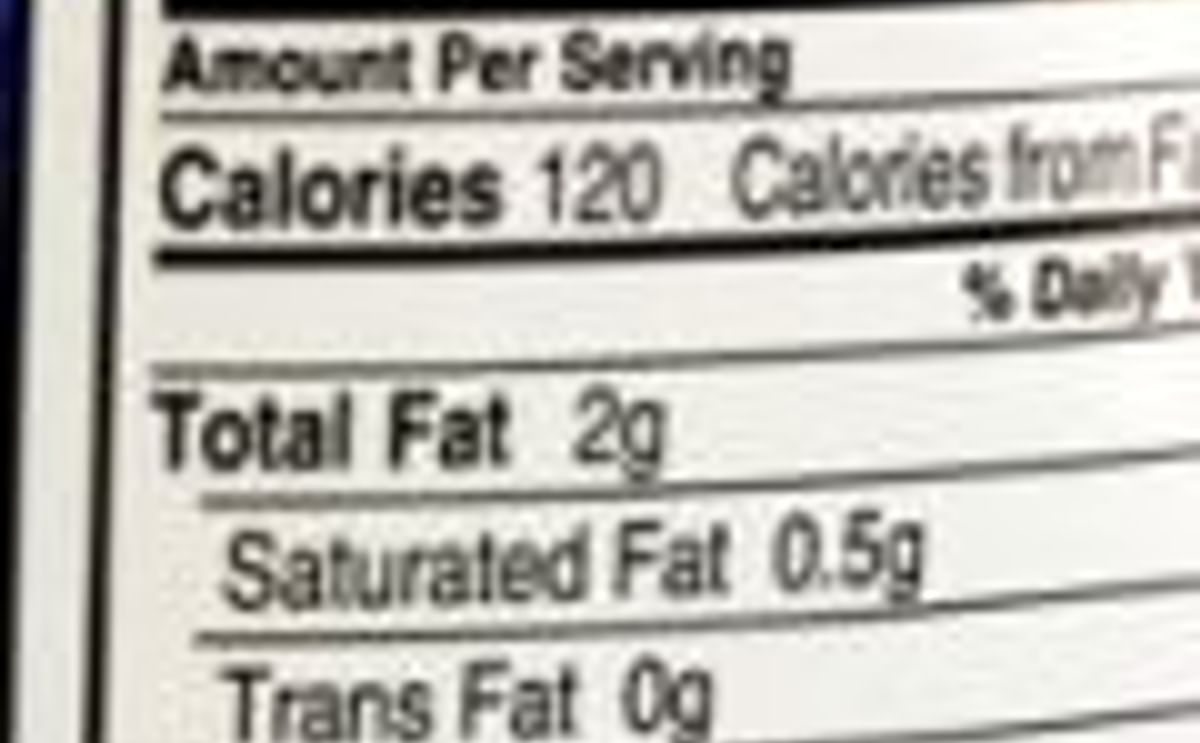As U.S. consumers actively embrace healthier lifestyles, Tate &Lyle found that 55 percent of them display a laser-like focus on nutrition facts and ingredient labels.
“As a leading ingredient company in the U.S., Tate &Lyle is committed to understanding consumers’ needs as they start and maintain healthy lifestyles,” says David Lewis, Business Manager, PROMITOR™ Dietary Fiber, Tate &Lyle. “With consumers pressed for time, food labels quickly communicate nutrition information to help them choose products that support their healthy intentions.”
8 Approaches to Label Reading
From blogs and online forums to news reports and diet trends, today’s time-crunched consumers are inundated with messages about healthy dining from multiple sources. Consumers shared eight approaches to label reading with Tate &Lyle that help them determine which food and beverage items make the final cut.
No. 1: Is it a New Product? Many consumers are brand loyal and will scrutinize the labels of new products to determine if trial is necessary.
No. 2: Who is it for? Adult consumers aren’t the only one’s trending more toward healthier eating. Parents are exhibiting increased interest in reading labels if food and beverages are for their children.
No. 3: Everyday or Indulgent Item? Consumers are more diligent about reading packages of everyday staples. They also report having an interest in healthy indulgence.
No. 4: Current Media Reports. Consumers are more inclined to read labels if they read or watch diet and nutrition feature stories by key media influencers like Oprah Winfrey and Dr. Oz.
No. 5: Influence of a Prior Diet Program. Former dieters have learned to look for carbs and fiber from diets like Atkins and Weight Watchers.
No. 6: Front Package Claims. When specific health claims are made on the front of packages, consumers tend to scrutinize the back and side panels of packages for additional information.
No. 7: On a Diet. Consumers focus on the most important aspects of the package that are dictated by the diet they are currently following.
No. 8: In a Hurry. Consumers, especially parents, are time-crunched and tend to read labels quickly to stay on schedule.
Ingredients Matter
Many times, consumer education starts and ends with packaging, says Lisa Sanders, Ph.D., R.D., Nutrition Scientist, Tate &Lyle. With thousands of consumer brands flooding supermarket shelves, the majority of consumers report two major reasons for reading labels.
“Consumers want to make healthy choices and more than 60 percent of them rely on food and beverage labels to do this,” Dr. Sanders explains. “Research also shows that 50 percent of consumers look to labels when they are purposely trying to add specific nutrients, like fiber, to their diets.”
When reading labels, the Nutrition Facts Panel is one of the top areas consumers read. Tate &Lyle found that 46 percent review the Nutrition Facts Panel to find out about fiber content.











